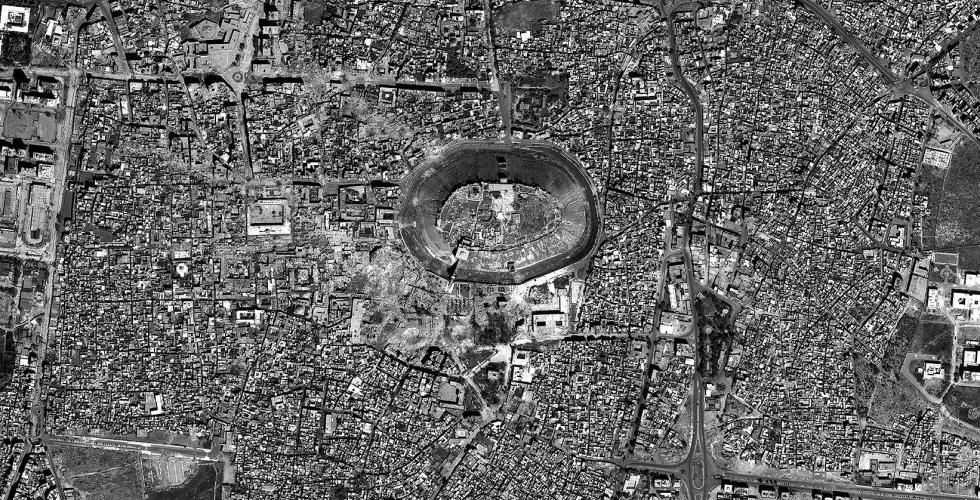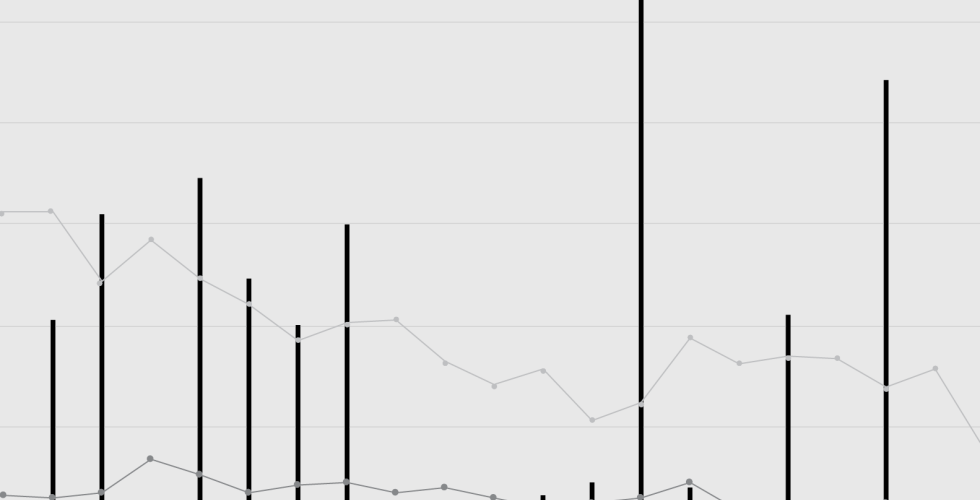Conflict Urbanism Aleppo
This is the first in a series of multidisciplinary Mellon seminars on the topic of Conflict Urbanism, as part of a multi-university initiative in Architecture, Urbanism and the Humanities. This year, we will focus on Aleppo in Syria. Conflict Urbanism is a term that designates that cities are not only destroyed but also built through conflict. This spring, the seminar focus will be on the city of Aleppo and the places now inhabited by refugees from the city. We will begin with an art historical, and historical survey of one of the most continuously inhabited cities in the world dating back to 10 000 BC. We will examine the urban artifacts of colonialization, the diverse religious and cultural monuments, and the trade routes that have formed the city as it existed until 2011. Then we will look beyond the recent dramatic eruption of state violence and civil war to its antecedents and contexts in rural-urban migration, largely driven by other factors, including poverty and drought. We will examine the time-based destruction of Aleppo at macro and micro levels, analyzing conflict patterns in its social and urban structure. We will then expand what we call "Aleppo" to include the tens of thousands of former residents now sheltered in other cities and in refugee camps in Turkey and Jordan. In order to re-imagine the city in it’s post-conflict state our work will be informed by an analysis of the problems encountered in the rebuilding of cities as diverse as Beirut, Kabul, and Sarajevo, which are in various states of rebuilding post-conflict and offer a range of results that need interrogation.
Our work will be by necessity multidisciplinary and include the history, architecture, politics, media, culture, literature and contemporary manifestations of particular cities as they relate to the topic of Conflict Urbanism. Our work will also be multi-media. To study cities today, we have an abundance of data and databases accessible to focus our research. Students will have access to a platform developed by the Center for Spatial Research for their work. It provides students a user friendly framework for navigating, analyzing, and interpreting a series of maps and imagery, characterizing changes resulting from social conflict or natural disasters during the conflict years in Aleppo. The platform can be used in one of two ways: to facilitate navigating and understanding the conflict from a distance, in order to and write about a topic; or, to add to the platform, in a multi-media format on a specific topic or issue, with regard to a specific neighborhood, monument, institution or network.
The final projects which emerged from the course were diverse in focus and approach. Students worked in groups (often composed of members from multiple schools or departments) and drew on diverse archives about the city including: data about the conflict, reporting on social media, official and ‘unofficial’ planning documents in the lead up to the war, records of cultural and religious artifacts in order to produce rich multimedia projects. The results of the student work have been collected and published online here.

